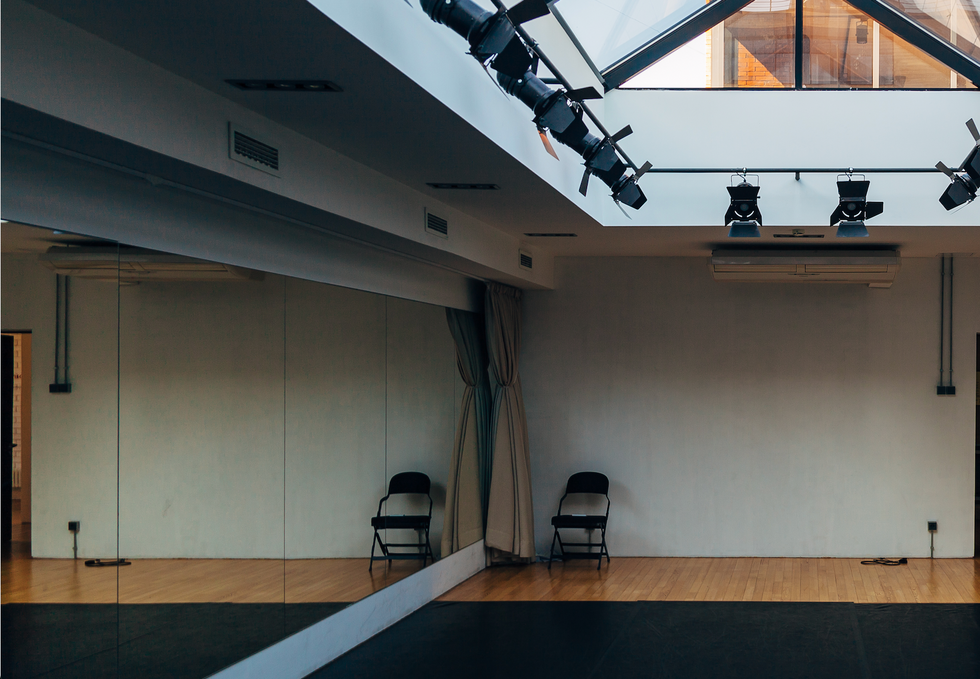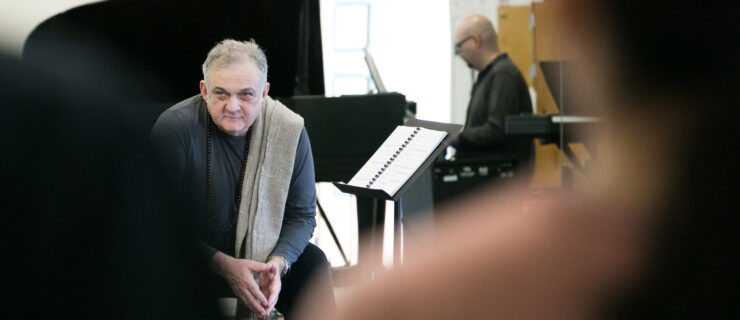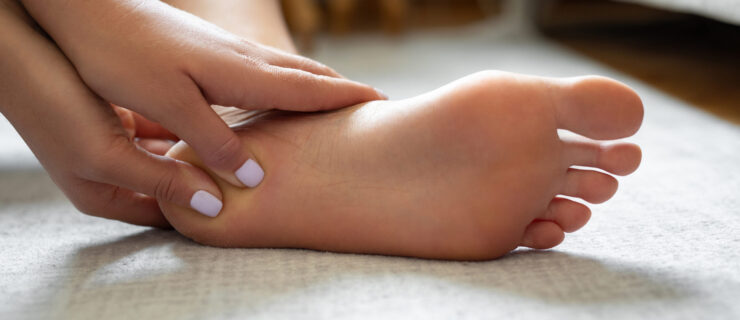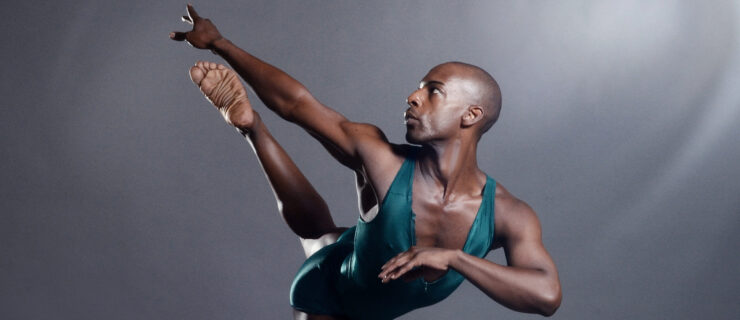Is It Time to Rethink How We Use Mirrors in Dance?
You walk in the studio and the first thing you do is check out your outfit in the mirror. As you work on a new piece of choreography, you use your reflection to get a sense of how it looks. When the choreographer gives you a correction, you peek at yourself again to correct it.
Most dancers rely on the mirror for hours a day. It can help us self-correct our lines and see what our movement looks like. But there’s evidence to suggest that overly depending on it can be harmful, as well.
Image Issues
A recent study suggests that the heavy use of mirrors in dance class is linked to negative body image. “There’s a high degree of body image problems and eating disorders among dancers and my question was, What in the studio is creating this?” says Sally Radell, one of the study’s authors.
Radell and fellow researchers compared body image in beginning-level, female dancers taking modern and ballet in college in both mirrored and non-mirrored classrooms at Emory University. By the end of the semester, both modern and ballet students from the mirrored classrooms felt worse about their bodies.
For many dancers, the impact of the mirror stays with them beyond the studio. “I’m always looking for imperfections. I’m always nitpicking on the smallest things and this travels to other areas in my life,” says Miyesha McGriff, a Collage Dance Collective dancer. “Outside of the studio, you’re trying to get it right all the time, too.”
Lack of Body Awareness
Relying on the mirror can lead dancers to focus more on how they look than on how their movement feels, says Radell. “They objectify themselves and they don’t focus on their proprioceptive sensations.”
Frédéric Despierre, rehearsal director for Hofesh Shechter Company and a freelance teacher, believes the mirror can distract students from being fully aware of their bodies in space. “The mirror becomes a means of approval,” he says. “They start focusing on whether they’re doing things right or wrong instead of finding the pleasure of moving.”
The Comparison Game
When staring in the mirror, we’re more likely to judge ourselves against our peers. According to Radell, this can be explained by the theory of objective self-awareness. “When you see yourself, you can’t help but compare yourself to others,” she says. That can lead to a spiral of self-criticism and negativity.
McGriff has found this to be true for her. “A lot of times when I’m looking in the mirror, I’m also looking at my peers and how the movement looks on them,” she says.
Steps Toward Change
What are some practical ways to move beyond our reliance on the mirror?
Shift the Focus:
In order for dance training to move away from mirrors, teachers must lead the way. “Dance teachers need to become aware of the potential problems with the mirror and look for other ways to get their ideas across,” says Radell.
Despierre encourages educators to shift their focus. “It’s not all about being able to do three turns in the air,” he says. “It is just as impressive to be able to find extreme subtlety in the sensation in your body. If you can bring students to find the pleasure in that, they won’t need the mirror to find it.”
Take the Mirror Out of the Equation:
Teachers can cover the mirror at times or have their students face the back of the studio. Despierre uses guided improvisation as a tool for dancers to get more grounded in their bodies. “It’s really about letting the body find its ways of moving, rather than imposing something on it,” he says. “I try to push dancers to be aware of how they feel and make adjustments based on just their feelings.”
Try Somatic Techniques:
Incorporating somatic practices such as the Alexander Technique, Ideokinesis and the Feldenkrais Method can enhance dancers’ kinesthetic awareness. “Students need to learn to rely more on their kinetic feedback,” says Radell. “They need to learn to read how a movement feels.”




